Seborrheic Keratosis — Reverse Engineering A Home Treatment with Hydrogen Peroxide
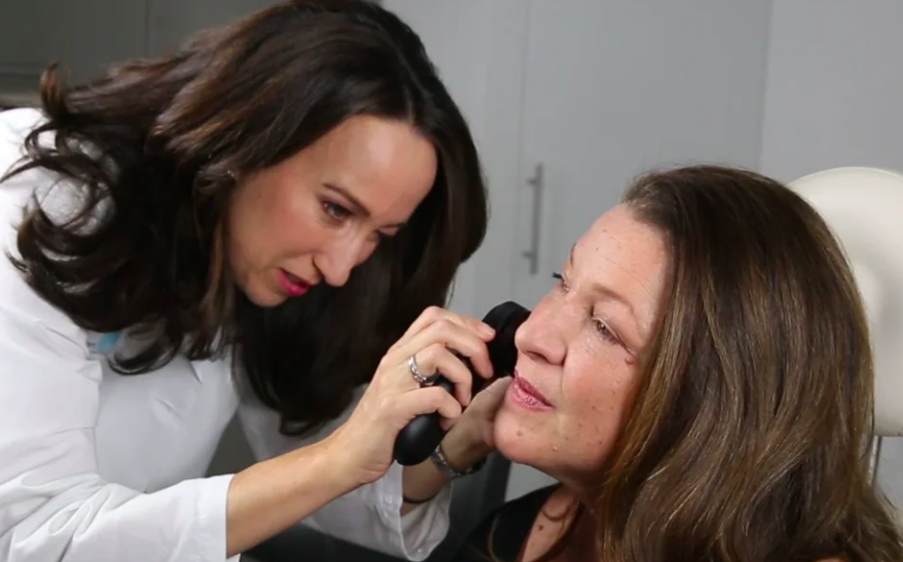
Want to remove your Seborrheic Keratosis growths, those ugly yet benign wart-like bumps that afflict 1 in 5 Americans?
Freeze, burn, or scrape off were your only barbaric options until the FDA recently approved a simple topical treatment of 40% concentrate hydrogen peroxide.
So The Minimist wondered … what about a home treatment …?
Seborrheic keratosis, the “barnacles of aging”
Seborrheic keratosis (SK, plural keratoses) is a raised growth that looks a little like an irregular, waxy mole or wart.
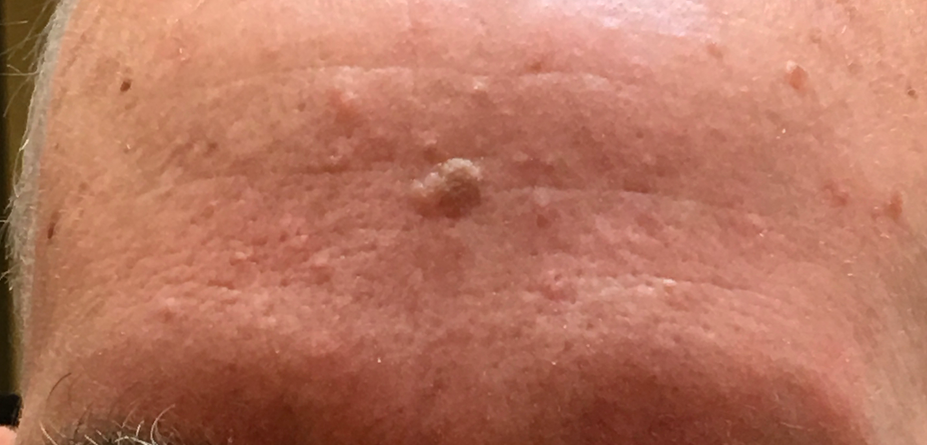
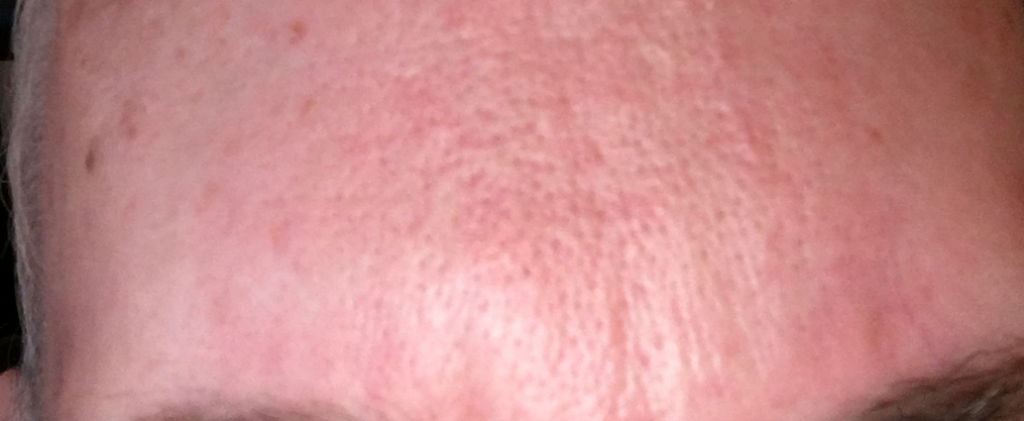
As explained by the American Academy of Dermatology, which represents virtually all practicing U.S. dermatologists, a dermatologist can usually tell if your skin growth is a seborrheic keratosis by looking at it, and while they are harmless and not contagious, an SK may be worth removing if “unsightly”.
SKs are astonishingly common. A 2015 study found these “barnacles of aging” as they are sometimes called affect over 1 in 5 people, as many as 83 million Americans. That’s more than acne, rosacea and psoriasis combined.
SKs are keeping dermatologists busy. The 2015 study found dermatalogists report diagnosing an average of 155 patients per month with SK. Extrapolating out from the some 20 thousand practicing U.S. dermatologists, that’s over 37 million SK diagnoses per year!
Traditional treatment: freeze, burn or scrape off
But dermatologists only treat 43% of their SK patients to remove the growths, given that the treatment options — most commonly cryosurgery, followed by shave excision, electrodessication, curettage — have “potential drawbacks” (as in … ouch!!!).
So, the 2015 study concluded:
“While there is great interest from both patients and providers in a topical non-invasive treatment for SK, no effective topical therapeutic agent has been developed, and this remains an area of unmet need.”
Enter good old hydrogen peroxide
In late 2017, the FDA approved ESKATA, a proprietary, high-concentration hydrogen peroxide-based topical solution designed for in-office application by a healthcare provider.
ESKATA is a targeted treatment applied directly to the raised SK using a pen-like applicator. The ESKATA topical solution itself is just 40% hydrogen peroxide in isopropyl alcohol and water.
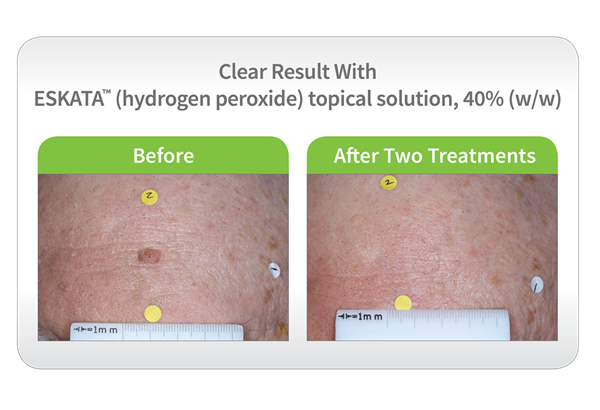
Watch the video to see an example of the treatment (at 1:11):
Digging into the clinical trial data
The ESCATA clinical trial results were publicly summarized by CenterWatch, a clinical trial tracking service, and in the FDA “Highlights of Prescribing Information” document.
A total of 937 subjects with 4 seborrheic keratoses were treated in 2 trials. During a single in-office treatment session, ESKATA was applied to seborrheic keratosis lesions 4 times, approximately 1 minute apart.
For some treated lesions that were not completely cleared approximately 3 weeks after treatment, another treatment was administered following the same procedure.
Pretty much everyone experienced redness (erythema) and stinging:
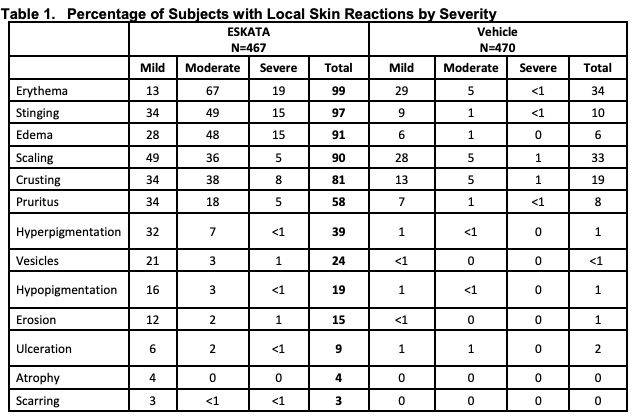
But SKs were indeed removed:
| Trial | Category | Escata Hydrogen Peroxide | Placebo |
|---|---|---|---|
| combined trials | all lesions, “Clear” or “Near Clear” (PLA<1) | 51.3% | 7.3% |
| combined trials | all lesions on face, “Clear” or Near Clear” (PLA<1) | 65.3% | 10.5% |
| SEBK-301 trial | All 4 lesions “Clear” | 4.0% | 0 |
| SEBK-302 trial | All 4 lesions “Clear” | 7.8% | 0 |
| SEBK-301 trial | At least 3 of 4 lesions “Clear” | 13.5% | |
| SEBK-302 trial | At least 3 of 4 lesions “Clear” | 23.0% |
To quote CenterWatch:
Notably, 65.3% of lesions on the face treated with Eskata were assessed as clear or near clear at trial completion versus 10.5% of lesions in the placebo group
Seems promising that almost two thirds of the SKs were clear or near clear in one or two treatments. And interestingly, ten percent seem to have improved on their own.
So here’s a thought — why not just buy some high concentrate hydrogen peroxide and apply it yourself?
Hydrogen peroxide: just an extra oxygen atom
Hydrogen peroxide (H2O2) is basically a water molecule with an extra oxygen atom. It is dirt cheap to produce, and 2+ million tons are produced each year mostly for bleaching wood pulp white for paper, but also in a wide range of medical, consumer, and industrial uses, even sterilizing food packaging.
In diluted form, hydrogen peroxide is used in hair bleach, tooth whiteners, contact lens cleaners, and skin antiseptics.
At high concentrations (68+%), though, the stuff is, literally, rocket fuel. High-test peroxide (HTP) powered a colorful history that includes X-15 hypersonic planes, the V-2 missle, the Soyuz rocket, torpedos, and NASA lunar landing vehicles
And you probably didn’t know the unforgettable Bell Rocket Belt was powered by hydrogen peroxide:
But HTP has a nasty habit of accidentally blowing up things like nuclear submarines.
So not surprisingly, hydrogen peroxide in concentrations of 35% and up are on the US Department of Homeland Security’s restricted Chemicals of Interest list as an explosive precurser. A thwarted 2016 New York City terror plot involved 40 pounds of hydrogen peroxide intended to power an improvised explosive device.
The U.S. post office bans shipping hydrogen peroxide in higher than 20% concentrate.
So a 40% hydrogen peroxide solution like the one in the FDA-approved SK treatment doesn’t seem like something you can just buy on Amazon … but …
Quack juice for sale
“[D]espite the dangers, hydrogen peroxide at concentrations as high as 35 percent remains remarkably easy to buy in the United States”, science champions at UNDARK recently stated as they blew the whistle on health quacks that push 35% drinking hydrogen peroxide as a grossly misguided cure all.
This nuttery dates back to the 1940s and one Father Richard Willhelm and a hare-brained theory of “oxygenization”. Though long debunked and denounced by the FDA, online sites and health food quacks have thrived.
Hundreds of people have died from ingesting hydrogen peroxide in recent years, influenced no doubt by sleight-of-hand rebranding of 35% “food grade” hydrogen peroxide (used for sterilizing food packaging and machinery, not for eating), into a deadly nut-case wonder drink.
Online retail giant Amazon has only recently implemented a new policy forbidding vendors who sell their products through its website from marketing hydrogen peroxide in concentrations higher than 12 percent.
In response to the ban, vendors quickly repositioned into selling 12% concentrate, which you can find on Amazon.
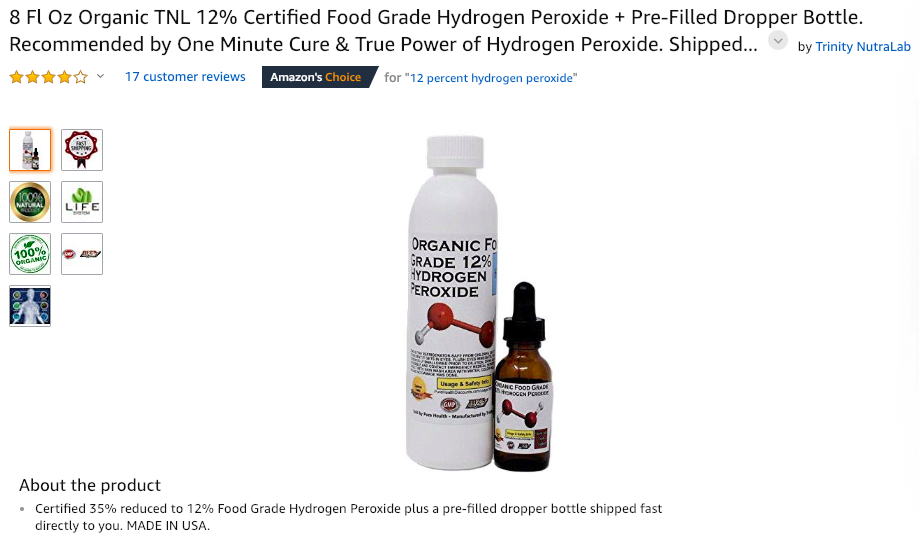
The hydrogen peroxide drinking craze has its own Internet meme:
Two chemists go into a bar. The first one says “I think I’ll have an H2O.” The second one says “I think I’ll have an H2O too” — and he died.
Internet meme
Trying don’t try this at home
Twelve-percent concentrate hydrogen peroxide may be a diluted artifact of the internet quack juice wars, but it has a certain appeal as an SK home treatment.
After all, the FDA-approved 40% solution is intended to be sold to dermatologists who already have a quick-fix, albeit painful SK solution in the existing treatments.
To be a competitive offering in the dermatology office setting, hydrogen peroxide only needs to be less painful than cutting, burning, or freezing, while also not taking more than one or two doctor visits. Why not just give it a try before going under the knife?
But at home, why not a slower, multi-application approach with lower concentation? It might be less painful and irritating to the skin, yet still ultimately work.
A brief try with a 2 dollar bottle of 3% drugstore hydrogen peroxide seemed to do nothing. So a trip to Amazon to procure 12% hydrogen peroxide for about $12.
The plan: carefully dab the 12% solution only on the SK with a q-tip, leaving it several minutes without touching the adjacent skin, twice a day for a couple of weeks.
When the drop stayed on the SK, there was no feeling of skin irritation as the solution bubbled a little. But occasionally, the hydrogen peroxide would roll off the SK onto the adjacent skin and after a few seconds or so it would start to sting. Washing it off and starting over seemed to be fix the problem.
Final result? It worked. The SK slowly shrank over the course of 2 weeks and scaled off.
Thanks FDA — but who champions home treatment?
Although this article describes a successful, painless outcome, there are mixed questions to ask.
Is an over-the-counter approval of a lower concentrate treatment inevitably on the way?
And is there a coming storm of 2-tier in-office/home hydrogen peroxide solutions in the offing? The company behind the FDA approval of hydrogen peroxide already has a field trial underway for a hydrogen peroxide-based wart treatment.
Turns out an almost identical regulatory roadmap/dynamic has already swept tooth whitening, according to the American Dental Association:
In-office bleaching materials contain high hydrogen peroxide concentrations (typically 15-38%), while the hydrogen peroxide content in at-home bleaching products usually ranges from 3% to 10%; however, there have been home-use products containing up to 15% hydrogen peroxide.
The appeal of dilution thinking
Roam the internet a bit and you will find hydrogen peroxide appears Zelig-like at the center of a crazy quilt pattern of hydrogen peroxide use case scenarios.
Vaginosis? Prepper apocolypses? Just scratching the surface. Listicles abound of “unusual”, “brilliant”, “surprising”, “incredible”, and “amazing” uses for hydrogen peroxide.
As does concentration-based use, abuse, safety reports, and regulatory backlash.
It is as if humans are madly flailing to find just the right mix of rocket fuel to justify the headline “Humans harnesses elemental force with simple dilution”.
Indeed, there seems a veritable social chemistry of simplicity and appeal to dilution thinking. “Quick fix works, test data to follow”.
At least The Minimist can ponder this simplicity fallacy without a spot on the forehead.
(The Minimist supposes you must be duly warned that the above is not medical advice, check with your doctor, don’t try this at home, and yada yada.)